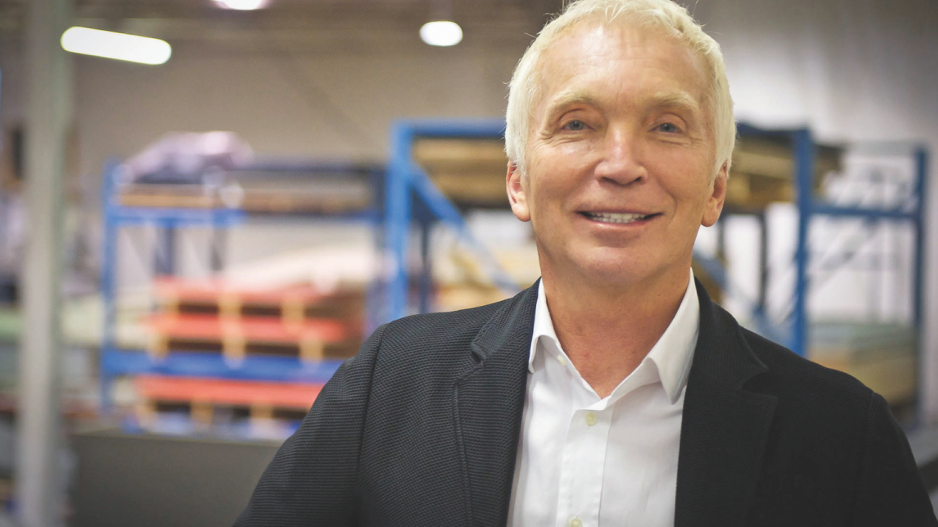If you’ve seen Night at the Museum: Battle of the Smithsonian, you’ll remember the recreation of Rodin’s enormous bronze statue The Thinker, voiced by Hank Azaria. The foam sculpture was the work of local plastics manufacturer Method Innovation Partners Inc.
Method has picked up quite a bit of work in film sets, including many of the architectural details in Night of the Museum and the acrylic furniture used on the set of Disney’s Tron: Legacy.
But film sets are only a small part of what is now B.C.’s largest plastics thermoforming business. The keys to its success, according to president Larrie Novak, have been innovation and full-service product development.
Novak started the company with a partner in 1981 as the custom plastic sheet fabricator Creative Plastics in a 1,000-square-foot rented warehouse in Surrey. It became CSL Plastics Inc. in 1984 and rebranded as Method two years ago.
“The only real equipment you needed to get going was a table saw, a panel saw, some power hand tools for finishing edges and strip heaters to make the bends,” said Novak, adding that Creative carved out a niche in thermoforming, specializing in point-of-purchase (POP) displays such as restaurant menu holders, sign holders and small display cases.
By 1990 it had manufactured more than 8,000 video rental kiosks, which were installed in convenience stores all over North America.
“In the beginning we had clients like Weiser Lock, Freightliner and Western Star that were manufacturing locally in Vancouver – and that’s all gone,” Novak said. “We had headquarters of chains like Safeway that used to buy in Vancouver. They moved to California. That’s been the big shift over the years. We had to scramble to keep what was left and eventually reinvent ourselves.
“What’s so incredible about the last 30 years is the pace of change. Keeping pace with change is a challenge. We have always been sensitive to the advantages of new and more efficient ways to do things and are willing to make the investment at the right time.”
During the life of the company there have been a few financial spikes and drops, Novak said. The business reached a staff high of 75 in 1999, due to sales that were labour-intensive. In 2011, sales reached an “all-time high” of $13 million. At the time, Method had two satellite locations and contracts with Canadian and U.S. militaries that were subsequently dropped, causing sales to plummet to $3.5 million.
“Manufacturing in B.C. is not for the faint of heart, as during the past 30 years the world has become one big marketplace, and costs to do business in this part of it are not competitive.
“We recovered each time because we were thrifty and were able to take action quickly and keep running lean.”
Novak added that sales in the current fiscal year for the 35-
employee company are on track to hit $5 million.
Thermoforming in general has taken a hit from globalization over the years, according to Novak. “Injection moulding, which used to be a very expensive process, suddenly became cheaper when it went over to Asia. That hit my end of the business because the kind of parts we make now can be made almost for the same cost in injection moulding.”
As part of its reinvention, the company began offering in-house industrial design to its clients so a product could be taken from concept to completion. Novak said that’s still one of the features that sets Method apart today.
“Design is an integral part of our quality system. It inspires innovation and causes our people to treat projects like their own.”
In addition to offering full-service design, Method has continued to adapt to a changing market by investing in sophisticated manufacturing equipment and services, including thermoforming, computer numerical control machining and trimming and foam wire cutting and trimming. Its products include POP displays, components for medical equipment, parts for freight liners, custom shipping trays and pallets and products for other manufacturers to sell under their own brands.
Now the company faces challenges from new technologies such as 3D printing.
But Novak said the threat to his industry from 3D printing thus far is minimal “because thermoforming offers low-cost prototyping that is ready for use, whereas 3D may or may not be for use.”




